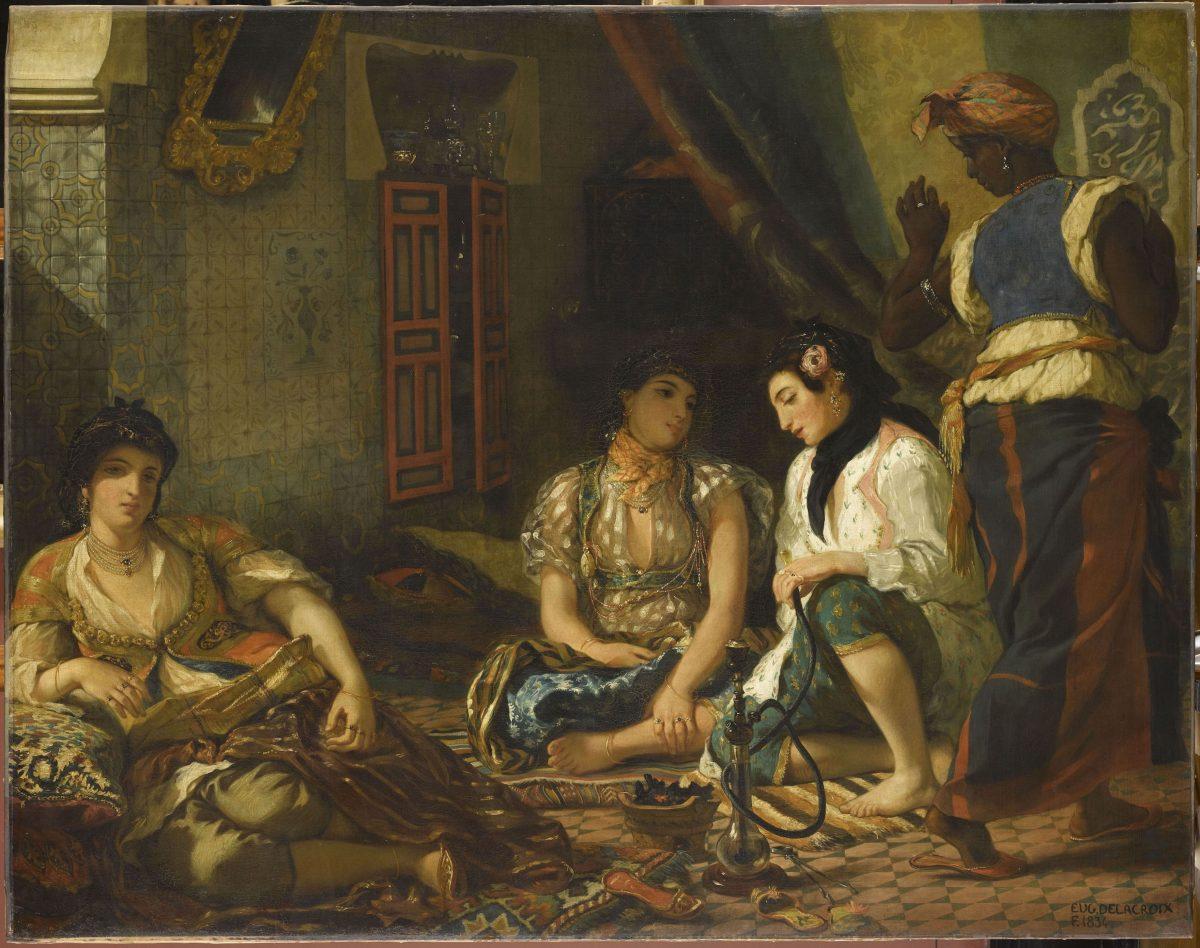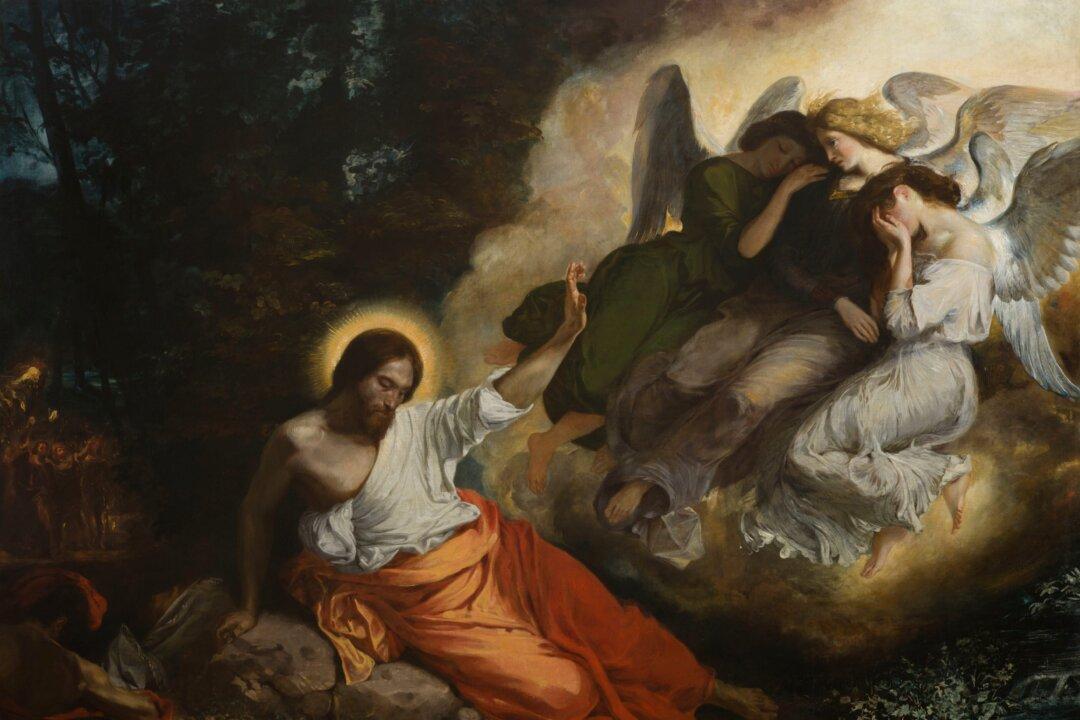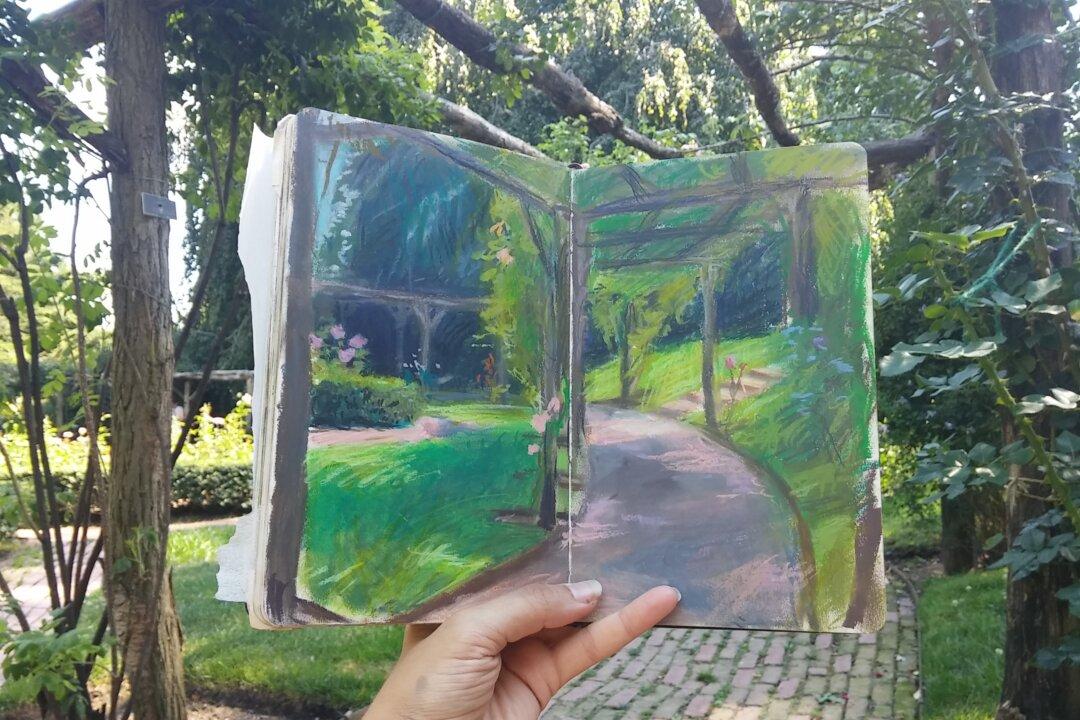NEW YORK—There’s a restless quality, a kind of centrifugal force, still stirring within the paintings by Eugène Delacroix (1798–1863). While celebrated as the 19th-century artist who epitomizes romanticism, his oeuvre continues to elude comprehension. For the first time in North America, we have an exceptional opportunity to learn more about Delacroix, beyond his emblematic painting for the French Republic “Liberty Leading the People,” reproduced in countless history books, and on the obsolete 100 franc banknote.
You may know of Delacroix as the darling of the Paris Salon, or of Delacroix as the painter of majestic murals, of religious commissions, and of wild animals. Less known is Delacroix the portraitist of friends, the satirical cartoonist, or the illustrator of plays. There’s also Delacroix the Orientalist, the womanizer, and the sulfurous rival of the other last old master, Jean-Auguste-Dominique Ingres (1780–1867). No matter how Delacroix may be described, we have the opportunity to reassess, in broader context, the works of an indisputably passionate artist who relentlessly created for passion’s sake.
“Women of Algiers in Their Apartment,” 1834, by Eugène Delacroix. Oil on canvas, 70 7/8 inches by 90 3/16 inches. Musée du Louvre, Paris. RMN-Grand Palais/Art Resource, NY/Franck Raux






